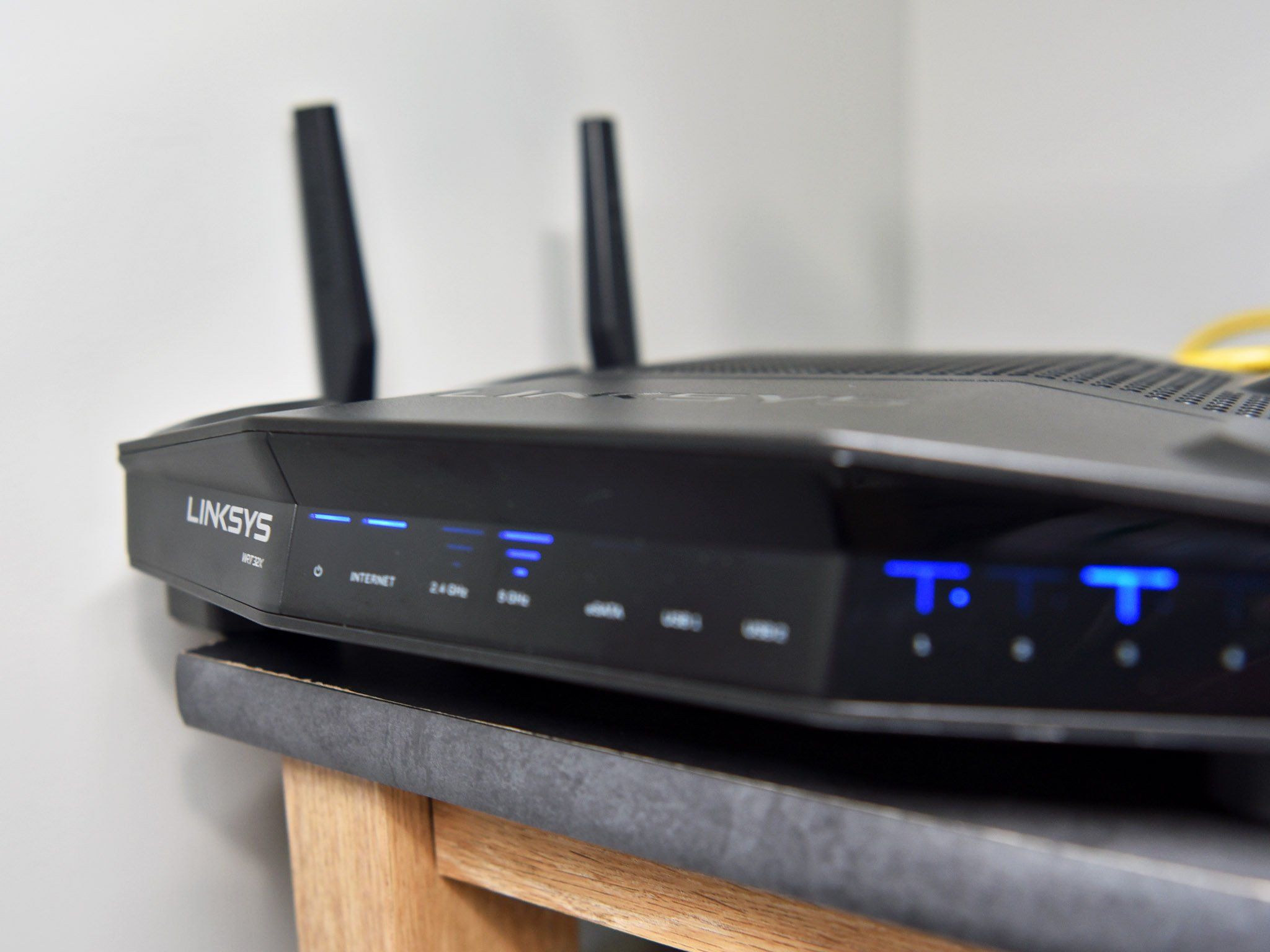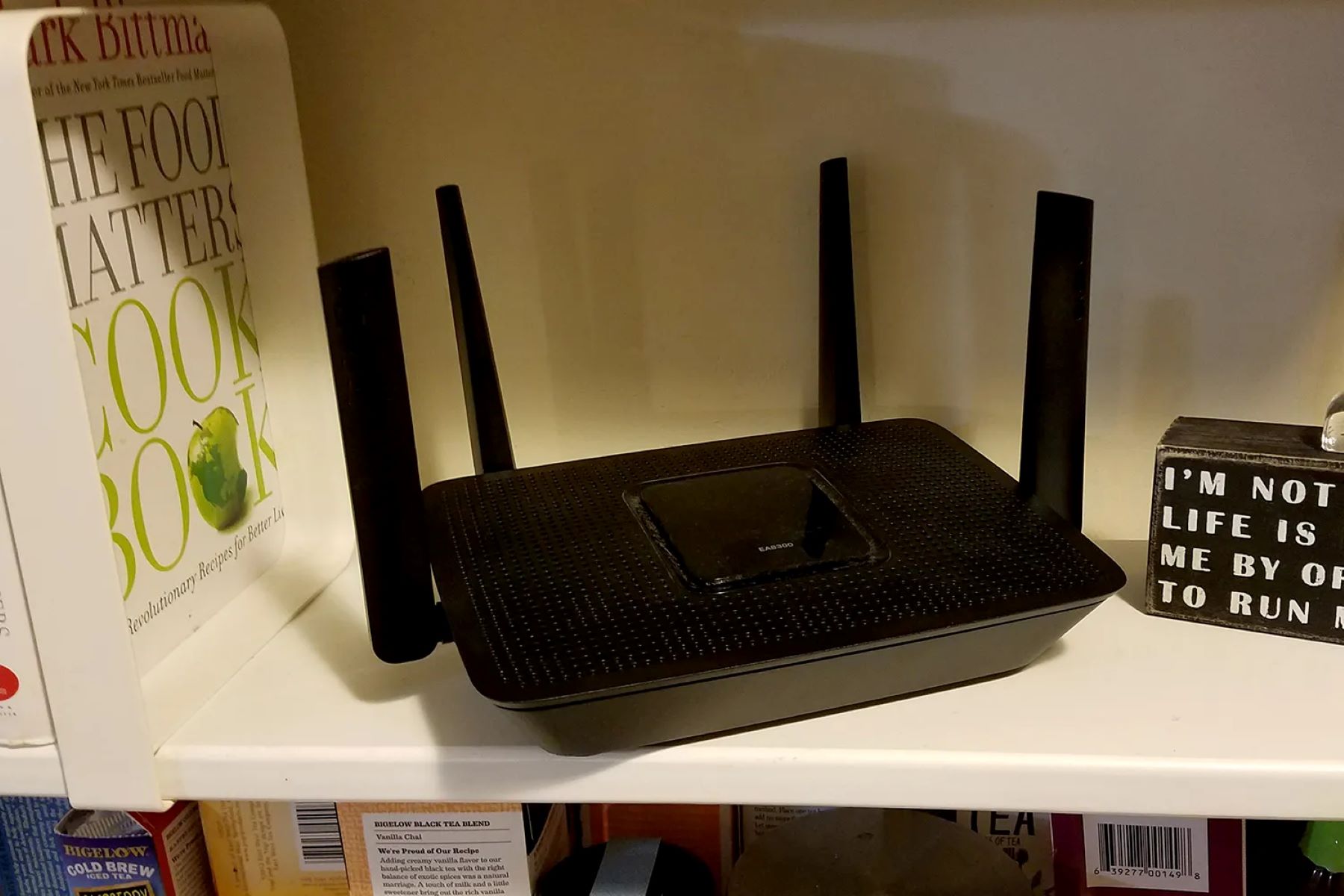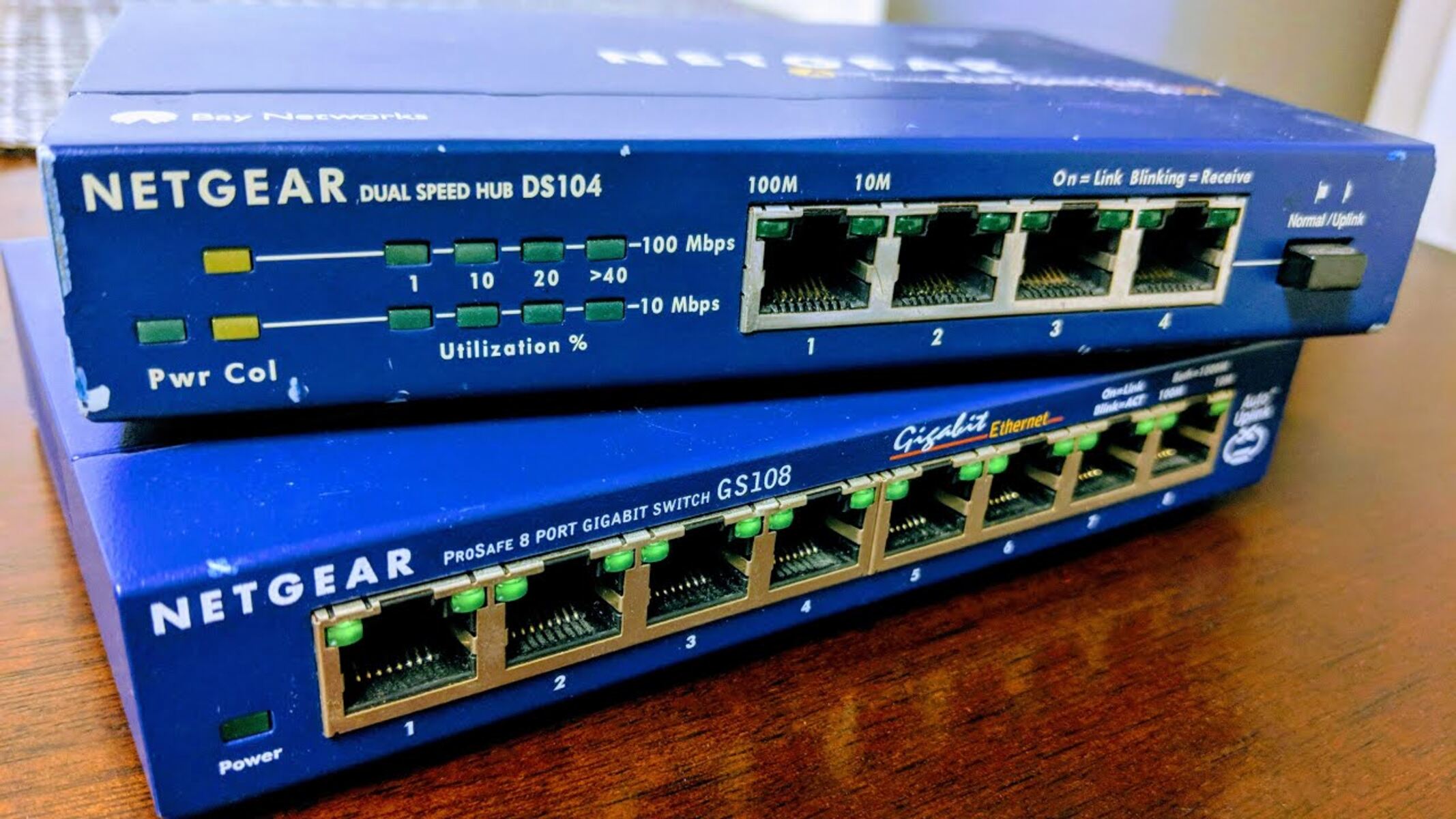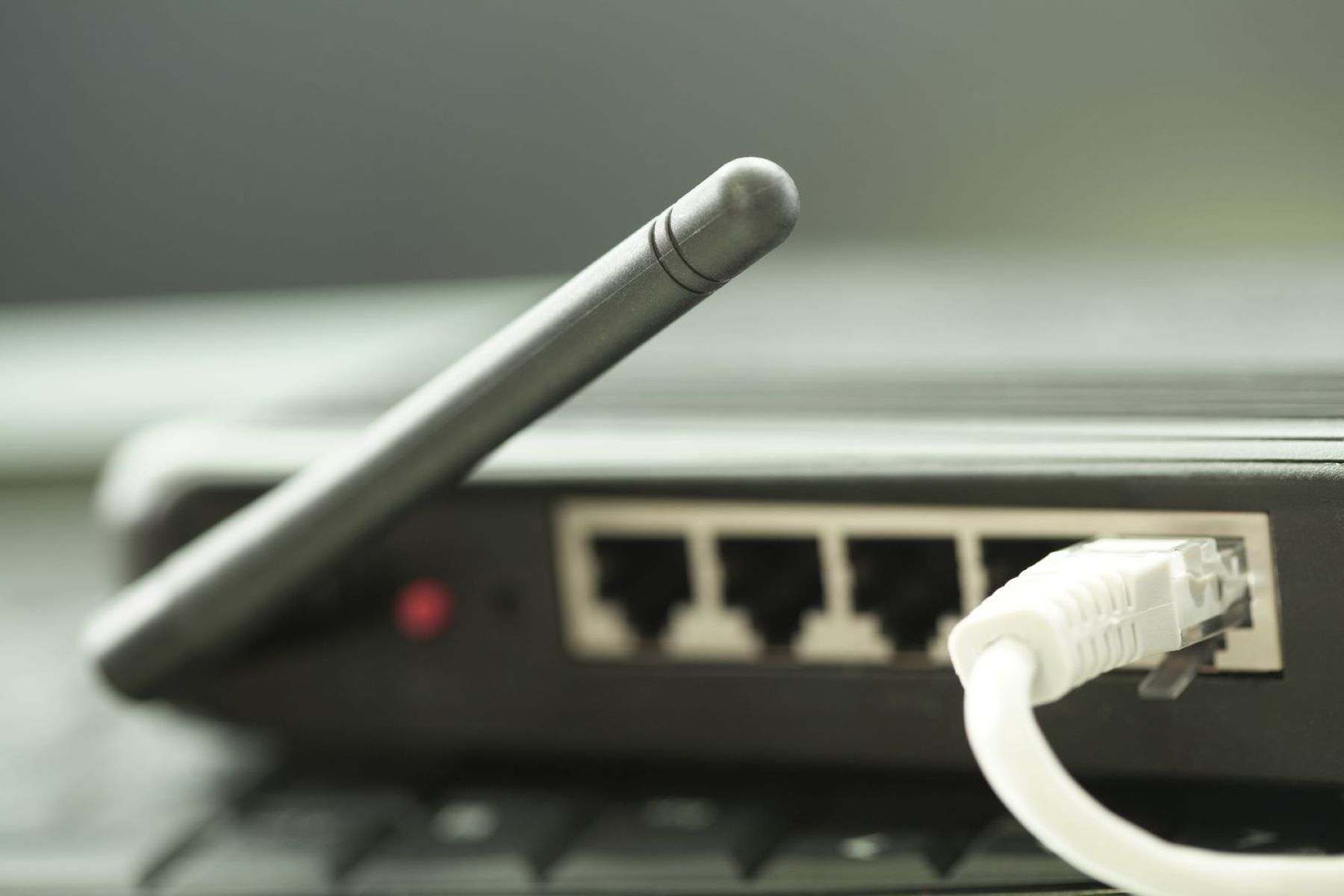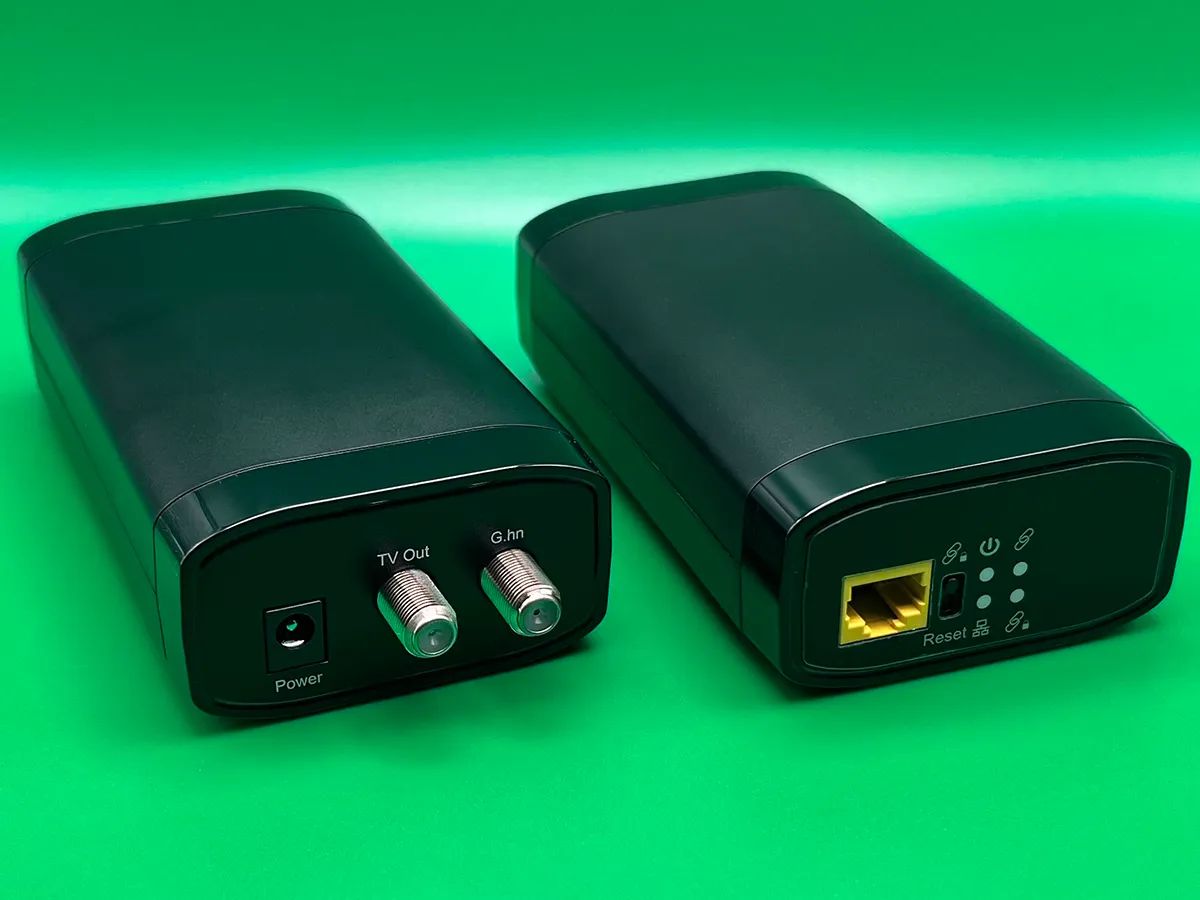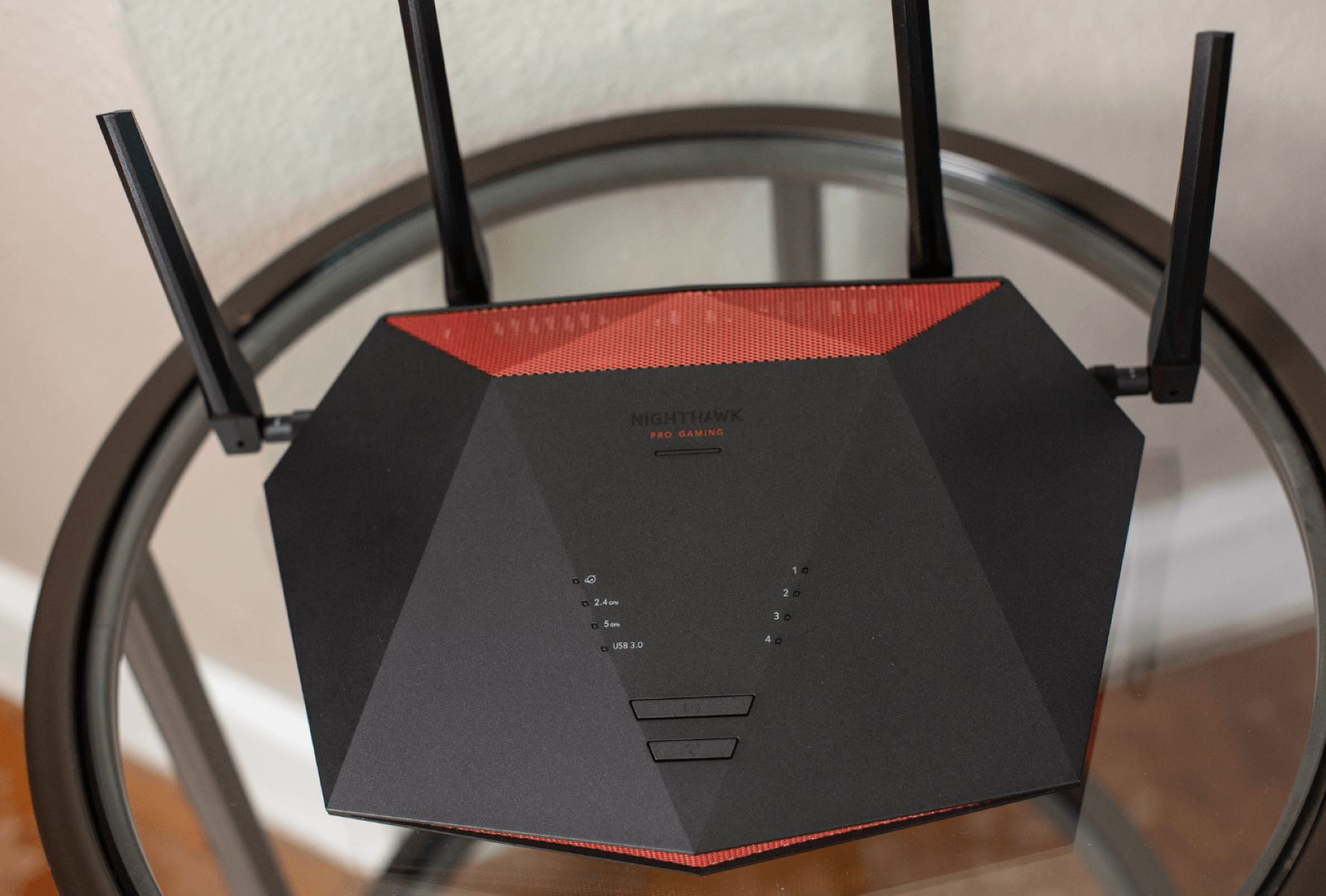Introduction
Welcome to this tutorial on how to configure two routers in Packet Tracer! In today’s digital age, networking has become an essential part of our lives. Whether it’s for business or personal use, setting up and configuring routers is a fundamental skill for any network administrator or enthusiast.
Packet Tracer, a powerful network simulation tool developed by Cisco Systems, allows users to create, configure, and simulate network topologies. This tutorial will guide you through the process of configuring two routers in Packet Tracer, enabling them to communicate with each other.
The ability to configure multiple routers in a network is crucial for extending connectivity and routing data between different networks. By following these step-by-step instructions, you will gain a better understanding of how to configure routers and establish communication pathways.
Throughout this tutorial, we will be using Packet Tracer, which provides a user-friendly interface for simulating network devices and their interactions. Whether you are a networking student, network administrator, or simply curious about how routers work, this tutorial will empower you to configure and manage networks with confidence.
So, let’s get started with setting up the network topology and configuring the IP addresses on the routers. Follow along, and you’ll be an expert in configuring routers in no time!
Step 1: Setting up the network topology
The first step in configuring two routers in Packet Tracer is to set up the network topology. The network topology determines how the routers will be interconnected and how data will flow between them.
To begin, open Packet Tracer and select the “Empty Activity” option under the “New” tab. This will create a blank canvas for your network topology. Drag and drop two router devices from the device list onto the canvas.
Next, connect the routers using a serial DCE cable. Click on the “Connection” button in the toolbar, then click on one of the router interfaces and drag the cable to the corresponding interface on the other router. This simulates the physical connection between the routers.
Now, we need to assign IP addresses to the router interfaces. Double-click on one of the routers to open its configuration dialog. Click on one of the interfaces, such as FastEthernet0/0, and assign it an IP address and subnet mask.
Repeat this process for the other router, making sure to assign a different IP address range to avoid conflicts. In a real-world scenario, the IP addresses would be provided by your network administrator or assigned by an Internet Service Provider (ISP).
Once you have configured the IP addresses, it’s time to configure the interface descriptions. Interface descriptions provide a brief summary of the interface’s purpose or connectivity information. To add a description, select the desired interface and enter a description in the appropriate field.
By setting up the network topology and assigning IP addresses and interface descriptions, you have laid the foundation for configuring the routers. The next step is to enable routing protocols to facilitate communication between the routers and other devices on the network.
Step 2: Configuring the IP addresses on the routers
After setting up the network topology in the previous step, the next crucial step in configuring two routers in Packet Tracer is to assign IP addresses to the router interfaces. IP addresses are essential for identifying and routing data packets between devices on the network.
To configure the IP addresses, double-click on one of the routers to access its configuration dialog. Select the interface that you wish to configure, such as FastEthernet0/0, and input the desired IP address and subnet mask.
It’s important to ensure that the IP address you assign is within the same subnet as the connected devices. This allows for seamless communication and data exchange between the routers and other devices in the network.
When assigning the IP addresses, you should also consider any specific requirements or restrictions imposed by your network setup. For example, if you are connecting your routers to an external network or the internet, you may need to obtain IP addresses from your Internet Service Provider (ISP) or follow specific guidelines.
Repeat this process for the interfaces on the second router, making sure to assign unique IP addresses within the same subnet. This ensures that each router has a distinct identifier and can communicate with other devices in the network.
After configuring the IP addresses, it’s a good practice to verify the connectivity between the router interfaces. You can do this by using the “Ping” command from the command-line interface of each router.
By correctly configuring the IP addresses on the routers, you have established the foundation for communication between the routers and other devices in the network. In the next step, we will explore how to enable routing protocols to facilitate efficient and reliable data transmission.
Step 3: Enabling routing protocols
Enabling routing protocols is a crucial step in configuring two routers in Packet Tracer. Routing protocols are responsible for dynamically exchanging routing information between routers, allowing them to determine the optimal paths for data transmission.
In Packet Tracer, we have various routing protocols to choose from, such as Routing Information Protocol (RIP), Enhanced Interior Gateway Routing Protocol (EIGRP), and Open Shortest Path First (OSPF). The choice of routing protocol depends on the network requirements and the devices you are configuring.
To enable a routing protocol, access the configuration dialog of one of the routers. Select the appropriate routing protocol tab, such as “RIP” or “EIGRP”, and enable the protocol by specifying the network(s) to be advertised. This tells the router which networks it should provide routing information for.
Once the routing protocol is enabled on one router, repeat the process on the second router, ensuring that the network configurations match. This allows the routers to exchange routing information and establish a common understanding of the network topology.
Keep in mind that when enabling routing protocols, you should also consider the administrative distance and metric values. Administrative distance is used to determine the reliability of a routing protocol, with lower values indicating higher reliability. The metric represents the cost associated with a particular network path; the lower the metric, the more favorable the path.
Enabling routing protocols allows the routers to dynamically update their routing tables based on changes in the network topology. This ensures that data is efficiently and reliably routed between the routers and their connected devices.
With the routing protocols enabled, the routers are now capable of exchanging routing information. In the next step, we will explore how to create static routes between the routers to further control the data flow.
Step 4: Creating static routes between the routers
Creating static routes is an important step in configuring two routers in Packet Tracer. Static routes allow for manual configuration of network paths, providing specific instructions for how data should be routed between the routers and other interconnected networks.
To create a static route, access the configuration dialog of one of the routers and navigate to the routing table. In the routing table, you can add static routes by specifying the destination network and the next-hop address, which is the IP address of the next router or network device along the path to reach the destination network.
For example, if you want to create a static route from Router 1 to Router 2, you would specify the destination network on Router 1 as the IP address range of Router 2’s network and set the next-hop address as the IP address of Router 2.
Repeat this process on the second router, creating a static route that directs traffic from Router 2 to Router 1. This allows for bidirectional communication between the routers.
By creating static routes, you have more control over the data flow between the routers, especially in scenarios where dynamic routing protocols may not be suitable or desired. Static routes provide a manual and deterministic way of defining the network paths.
It’s important to note that static routes need to be configured consistently on both routers, ensuring that the routing tables match on each device. Inconsistent or mismatched static route configurations can lead to connectivity issues and data loss.
With static routes created between the routers, you have established specific paths for data transmission. In the next step, we will test the connection between the routers to verify that the configurations are functioning correctly.
Step 5: Testing the connection between the routers
After configuring the routers, assigning IP addresses, enabling routing protocols, and creating static routes, it’s essential to test the connection between the routers to ensure that everything is functioning as expected. Testing the connection allows you to confirm that the routers can communicate with each other and exchange data successfully.
To test the connection, open the command-line interface (CLI) of one of the routers and use the “ping” command to send ICMP echo request messages to the IP address of the interface on the other router.
If the ping command receives a response, it indicates that the routers are connected and able to communicate with each other. This validates that the configurations, including IP addresses, routing protocols, and static routes, have been properly set up.
However, if the ping command fails to receive a response, it indicates a connectivity issue between the routers. In this case, you will need to review the configurations and troubleshoot any potential errors or misconfigurations.
Some common troubleshooting steps include verifying the IP addresses, checking the routing protocols and their configurations, and reviewing the static routes. It’s important to double-check the network topology, ensuring that the routers are properly connected and configured to communicate with one another.
Additionally, checking for any firewall rules or access control lists (ACLs) that might be blocking the communication between the routers is essential. These security measures may restrict or filter certain types of network traffic, so it’s crucial to ensure that the necessary ports and protocols are allowed.
By testing the connection between the routers, you can verify the success of your configurations and troubleshoot any issues that may arise. This step is crucial to ensure that the routers are functioning correctly and able to exchange data seamlessly.
Now that you have completed all the necessary steps, you should have successfully configured two routers in Packet Tracer. Congratulations! You are now equipped with the knowledge and skills to set up and configure routers, enabling efficient communication within your network.







